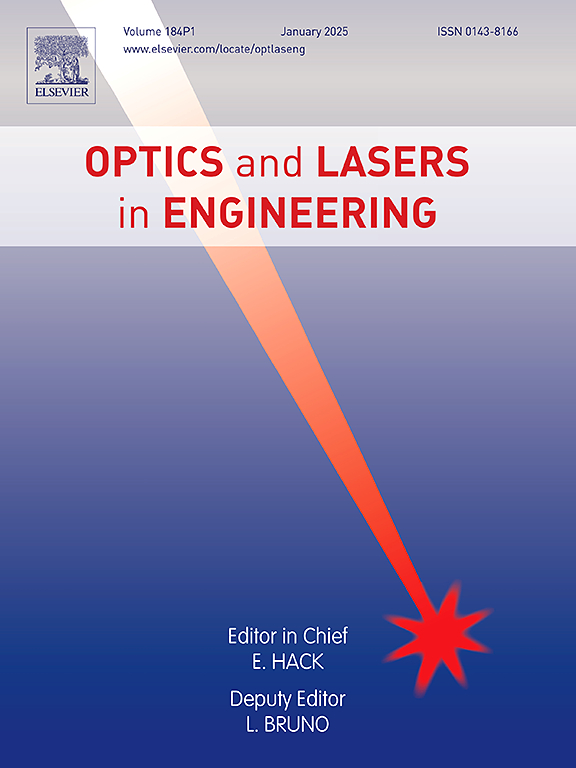Significance of defocussing distance in laser based directed energy deposition of steel powders: Effect on clad geometrical characteristics and process parameter maps.
IF 3.5
2区 工程技术
Q2 OPTICS
引用次数: 0
Abstract
Laser based directed energy deposition (L-DED) is an additive manufacturing process in which laser energy is used to fuse powder feedstock by melting while being deposited in a layer-by-layer manner, to produce three dimensional (3D) components. The quality of parts produced through this process depends on numerous process parameters. In the present work, the combined effects of defocussing distance, laser power and scanning speed on the geometrical characteristics of single line clads of AISI SS316L stainless steel and H13 tool steel powders produced through L-DED, was investigated. Theoretical analysis of the mutual interactions between laser, powder and substrate was used to explain the variations in clad geometry and deposition behaviour of the two steels. Process parameter maps were developed for the two steels and the influence of defocussing distance on optimal process parameter windows was evaluated. The work demonstrates that laser defocussing distance can be used as a simple but effective method to enhance the flexibility of the deposition process.
基于激光的钢粉定向能沉积中散焦距离的意义:对熔覆几何特征和工艺参数图的影响。
基于激光的定向能沉积(L-DED)是一种快速成型制造工艺,在这种工艺中,激光能通过熔化熔融粉末原料,同时以逐层沉积的方式生产三维(3D)部件。通过这种工艺生产的零件质量取决于众多工艺参数。在本研究中,研究了散焦距离、激光功率和扫描速度对通过 L-DED 生产的 AISI SS316L 不锈钢和 H13 工具钢粉末单线包层几何特征的综合影响。通过对激光、粉末和基体之间的相互影响进行理论分析,解释了这两种钢的堆焊几何形状和沉积行为的变化。为两种钢材绘制了工艺参数图,并评估了散焦距离对最佳工艺参数窗口的影响。这项工作表明,激光散焦距离可作为一种简单而有效的方法,用于提高沉积过程的灵活性。
本文章由计算机程序翻译,如有差异,请以英文原文为准。
求助全文
约1分钟内获得全文
求助全文
来源期刊

Optics and Lasers in Engineering
工程技术-光学
CiteScore
8.90
自引率
8.70%
发文量
384
审稿时长
42 days
期刊介绍:
Optics and Lasers in Engineering aims at providing an international forum for the interchange of information on the development of optical techniques and laser technology in engineering. Emphasis is placed on contributions targeted at the practical use of methods and devices, the development and enhancement of solutions and new theoretical concepts for experimental methods.
Optics and Lasers in Engineering reflects the main areas in which optical methods are being used and developed for an engineering environment. Manuscripts should offer clear evidence of novelty and significance. Papers focusing on parameter optimization or computational issues are not suitable. Similarly, papers focussed on an application rather than the optical method fall outside the journal''s scope. The scope of the journal is defined to include the following:
-Optical Metrology-
Optical Methods for 3D visualization and virtual engineering-
Optical Techniques for Microsystems-
Imaging, Microscopy and Adaptive Optics-
Computational Imaging-
Laser methods in manufacturing-
Integrated optical and photonic sensors-
Optics and Photonics in Life Science-
Hyperspectral and spectroscopic methods-
Infrared and Terahertz techniques
 求助内容:
求助内容: 应助结果提醒方式:
应助结果提醒方式:


